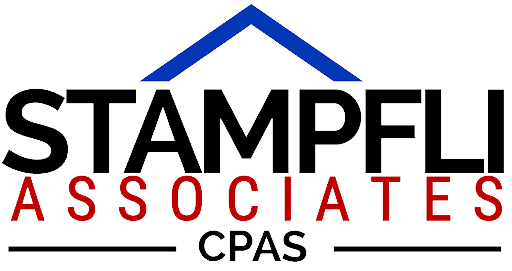3 tips for making the financial statement auditing process smoother
Not-for-profits aren’t required to produce audited financial statements. But audited statements are more likely to reassure big donors and grant makers about your financial stability and generally will be required if your organization applies for a bank loan. When you hire a CPA to audit your statements, the auditor is responsible for expressing an opinion on them and obtaining reasonable assurance that they’re free of material misstatements. Here are three tips for making the process as smooth as possible.
1. Understand roles
You’ll need to prepare estimates (such as an allowance for bad debts), adopt sound accounting policies, and establish, maintain and monitor internal controls. Auditors may make suggestions about these items, but it isn’t their responsibility to implement them. Your auditor is required to evaluate whether internal controls, accounting policies and estimates are adequate to prevent or detect errors or fraud that could result in material misstatements. But remember, all decision making is strictly your nonprofit’s responsibility.
2. Involve your board
Sometimes nonprofits overlook their board’s role in annual financial statement preparation. That’s a mistake. Your board should have a strategic and oversight role in the process, which is part of its overall fiduciary duty. The board also can be a good resource for certain technical matters, depending on the members’ professional backgrounds.
3. Understand statement formats
Financial statement items — such as debt ratios, program vs. administrative expense ratios and restricted vs. unrestricted resources — can help tell you how your nonprofit is doing. So when your organization’s financial team is preparing them, make sure statements are as user-friendly as possible. One of the best ways to see the big financial picture is to compare your budget, your year-end internally generated financial statements and the financial statements generated during an annual audit. This task can be completed more easily if the format of your annual audited statements is similar to that of your internal financial statements and budgets. If audited financial statements are formatted differently than internally generated reports, you may need to develop a bridge between them, perhaps in the form of an internal memo. When reviewing internal vs. audited statements, look for any large differences in individual accounts resulting from audit correcting adjustments. These often are an indication of an internal accounting deficiency. You’ll also be able to spot any significant discrepancies between what was budgeted for the year and the actual outcome.
First timers
If you’re engaging an auditor to prepare financial statements for the first time, don’t be anxious. Just provide your auditor with every requested document and keep the lines of communication open. Your auditor will let you know if there’s anything you should be concerned about. © 2024

